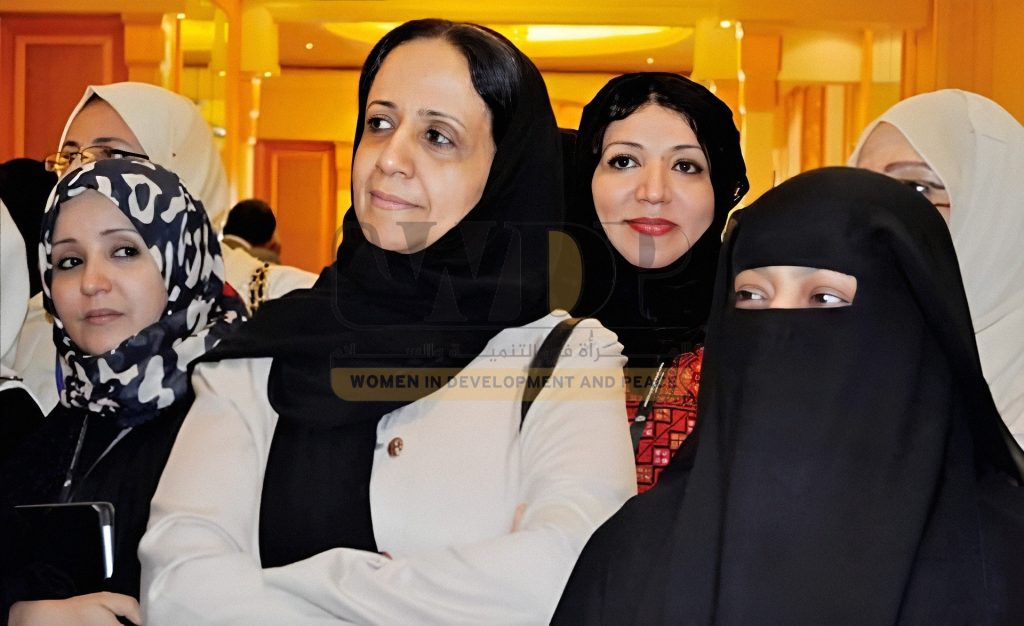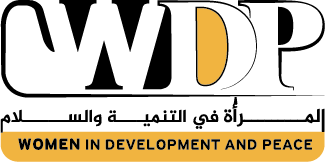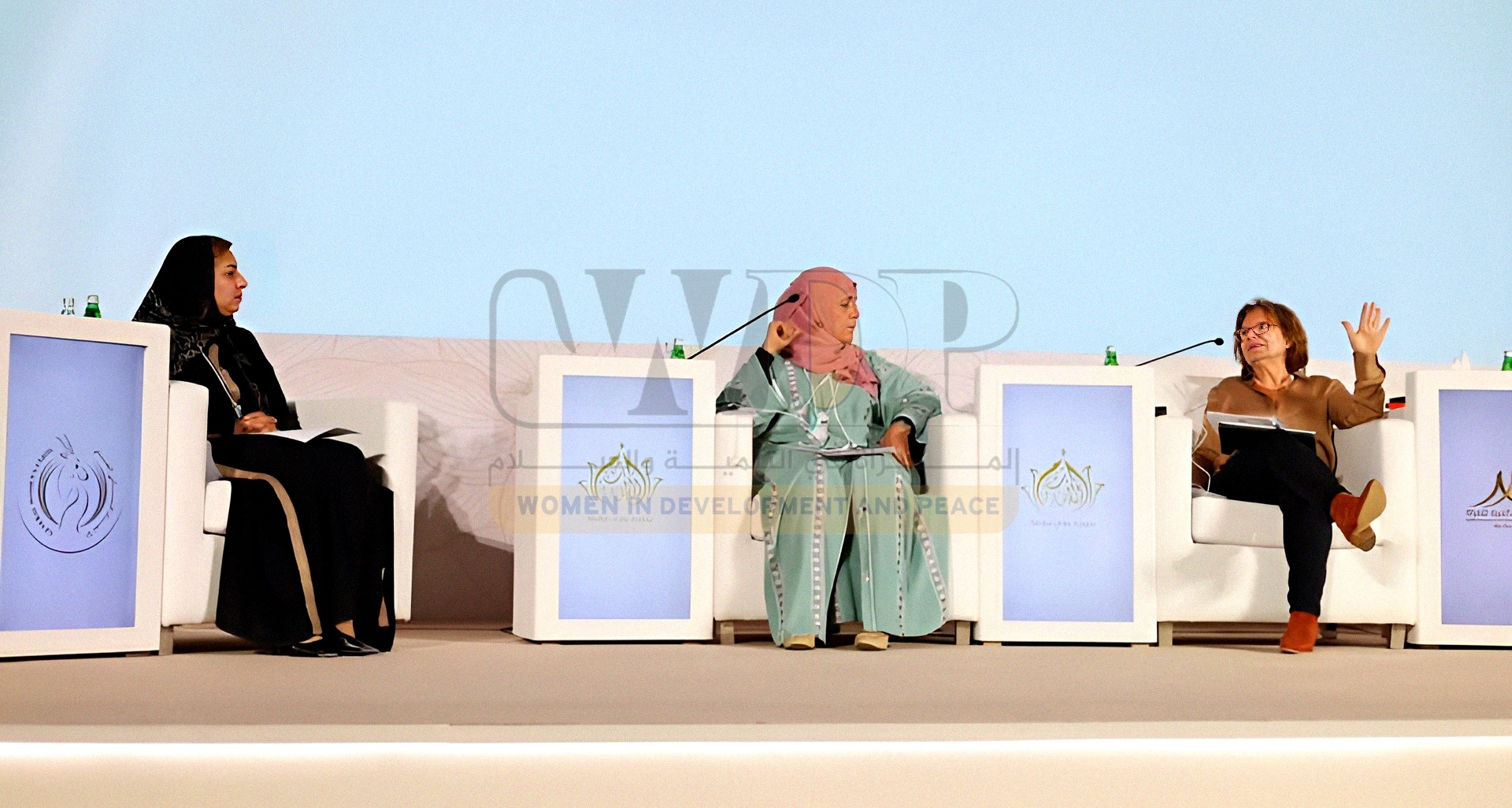Women in Development and Peace – Haneen Al-Wahsh
The presence of women in the diplomatic corps in Yemen remains scarce, despite its importance in leading the peaceful transition of power in the current situation the country has been experiencing since the armed conflict in 2015. Women have been isolated from it, which makes their acceptance and consensus a matter emphasized by political activists.
Although women had occupied diplomatic positions early on, it remained relatively limited and has further declined during the years of conflict and the political chaos that has engulfed the country for almost a decade.
Historical Overview
The first diplomatic position held by a Yemeni woman was the role of ambassador in the Yemeni Ministry of Foreign Affairs, which was obtained by the Yemeni writer and thinker, Ramziya Al-Iryani. Despite the challenges she faced, she managed to occupy several positions within the Ministry of Foreign Affairs, starting from her work in the archives department to becoming a Minister Plenipotentiary in the Yemeni Embassy in Tunisia, and subsequently in Washington.
Ramziya Al-Iriani recounts her journey of struggle in the face of challenges to achieve her passion. She stated that she faced criticism and rejection due to being a woman and was denied the opportunity to participate in the diplomatic corps competition for university graduates in 1982. Nevertheless, she managed to take the exam with great difficulty and achieved remarkable success. However, she was only allowed to work in the archives department. Driven by passion and perseverance, she left the walls of the archives after a few years to obtain the rank of Third Secretary in the ministry. This step marked a significant turning point in her career, gradually advancing until she attained the rank of ambassador.
With the announcement of Yemeni unity in 1990, Ramziya Al-Iriani explained that important amendments were made to the diplomatic corps labor law, granting women significant powers, even though they remained mostly symbolic. Diplomatic work remained predominantly male-dominated, but according to statements from several women, it was a significant development that led to an increased presence of women in Yemeni diplomacy. By 2008, the representation of women in diplomatic positions reached 40, with an equal number distributed across various roles: 1 ambassador, 2 minister plenipotentiary, 10 counselors, 6 First Secretaries, 1 Second Secretary, 11 Third Secretaries, and 9 diplomatic attachés.
Amat Al-Aleem Al-Soswa stands as the second most prominent Yemeni woman to enter the diplomatic corps. She was appointed in 2000 as a resident ambassador to the Netherlands and a non-resident ambassador to Sweden and Denmark.
In 2006, the number of Yemeni women working in the diplomatic corps reached 123, with 3 of them holding the rank of ambassador, 3 as ambassador plenipotentiary, 4 as counselors, and the rest distributed between First Secretaries and diplomatic attachés, according to an official report published by the Statistics and Information Center on September 26, 2006.

Women Diplomacy & Peacebuilding
Dalia Ahmed, residing in London as part of the Yemeni community, says, “Yemen is in urgent need, in its current critical situation, for women to take the reins of Yemeni diplomacy abroad. They are the least involved in the conflict and are far from the framing and partisan divisions that hinder the peaceful transfer of power in the country.”
Dalia points out that women have many opportunities to contribute to political transformation, as they are the most inclined towards peace and the most affected group by the armed conflict and its severe repercussions on future generations, especially women in Yemen.
By the year 2022, the number of female diplomats in Yemen reached approximately 144 women, which is a small number compared to males, as the number of male diplomats reached 742. This is considered a major challenge faced by female diplomats, as highlighted by Sahar Ghanem, Yemen’s ambassador to the Netherlands, who also serves as a non-resident ambassador to Norway and Sweden. This is evidence of the continued exclusion of women, especially from decision-making positions.
Sahar, in a dialogue session organized by Adaleh Foundation for Rights and Freedoms (ARF), pointed out that Yemeni female diplomats face numerous challenges, including the difficulty of traveling with their families due to customs and traditions. She emphasized that the presence of women in the diplomatic corps has changed the stereotypical image of Yemen in the eyes of the world, highlighting the importance of increasing the number of women in the diplomatic sector to reflect the country’s diversity and the required skills.
Asmahan Al- Toqi, our ambassador in Rome, confirmed in the same dialogue session that married female diplomats face even greater challenges. Their spouses from outside the diplomatic corps are unable to join them, placing women in a dilemma between continuing their diplomatic work or returning to build a family. According to her, the second option has led to the dismissal of a number of women from their diplomatic careers.
She also noted that the profession of diplomacy is not strongly present in Yemeni society, as the number of women pursuing professions such as medicine and teaching is higher than those in political science and other related fields.
She observed that there are religious schools that still require a male guardian for women when traveling, a practice followed by the majority of Yemeni families, despite the existence of religious schools that see otherwise if the safety condition for travel is met.
The presence of women in the diplomatic corps remains limited. Nevertheless, the growing presence of women reflects their relative success in securing some of their rights to participate in diplomatic work. This indicates that there will soon be a societal breakthrough that will achieve the equality women aspire to, despite the surrounding difficulties.
Dalia confirms that Yemeni women in the diplomatic corps have achieved significant successes during their work, improving Yemen’s presence in the world. She cites the examples of Ramziya Al-Iryani and Amat Al-Aleem Al-Soswa.

